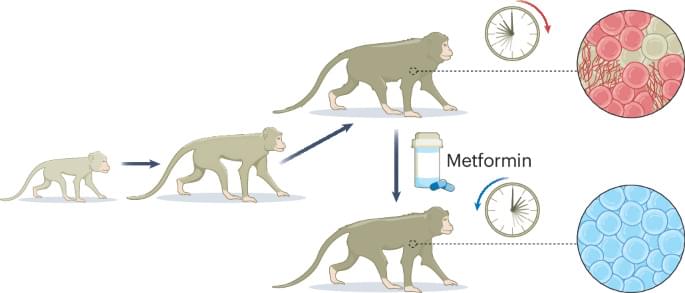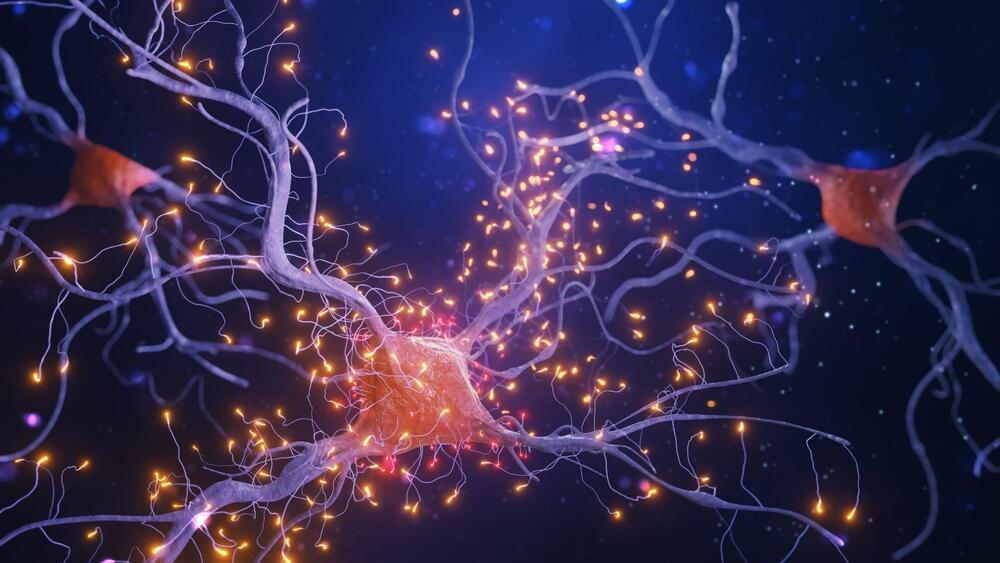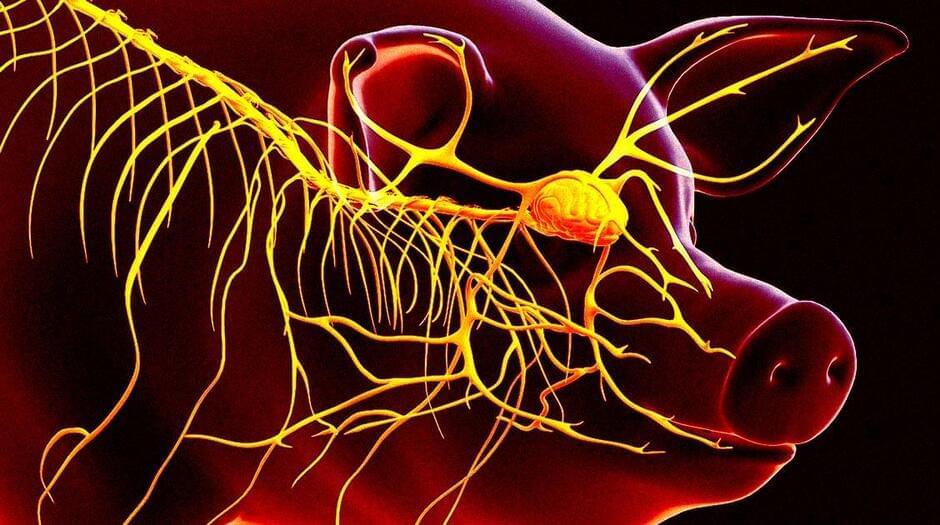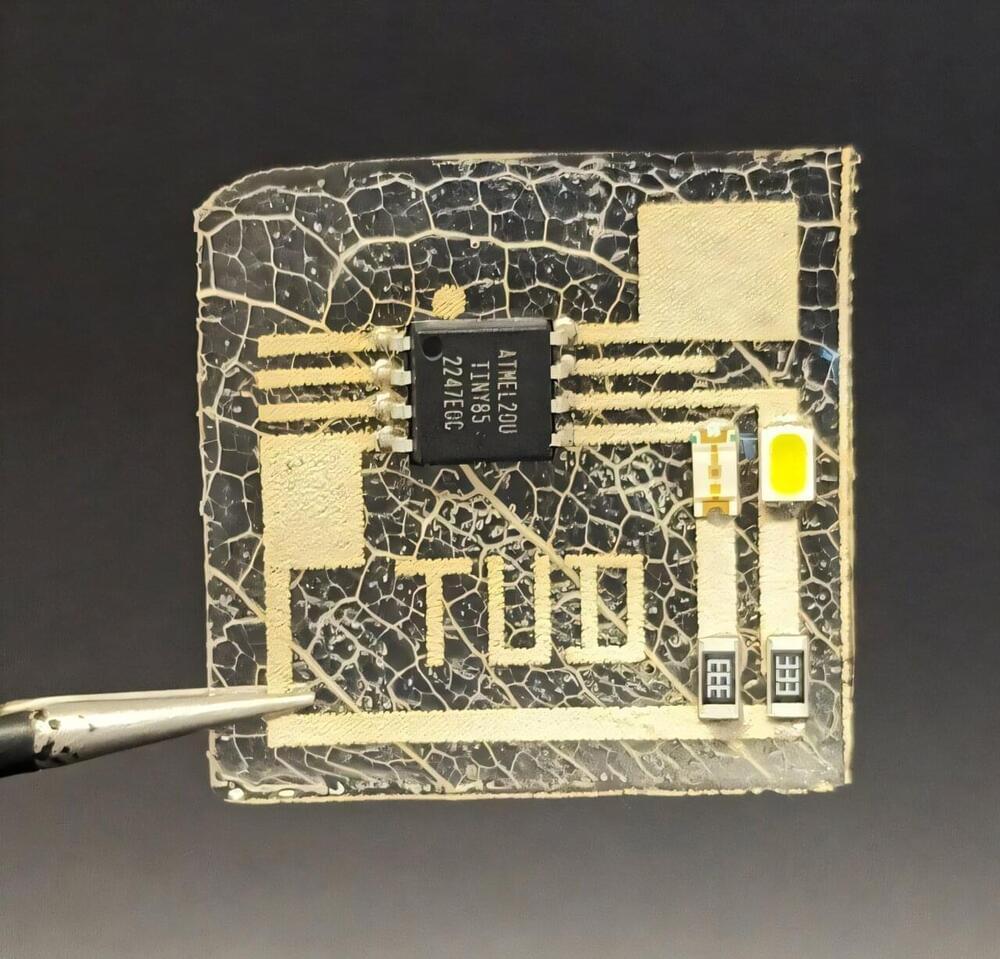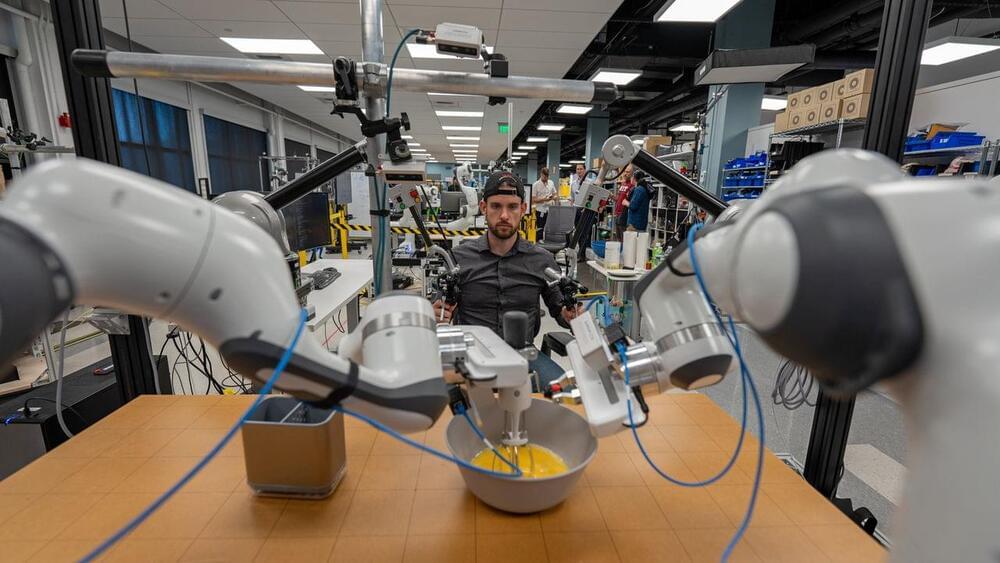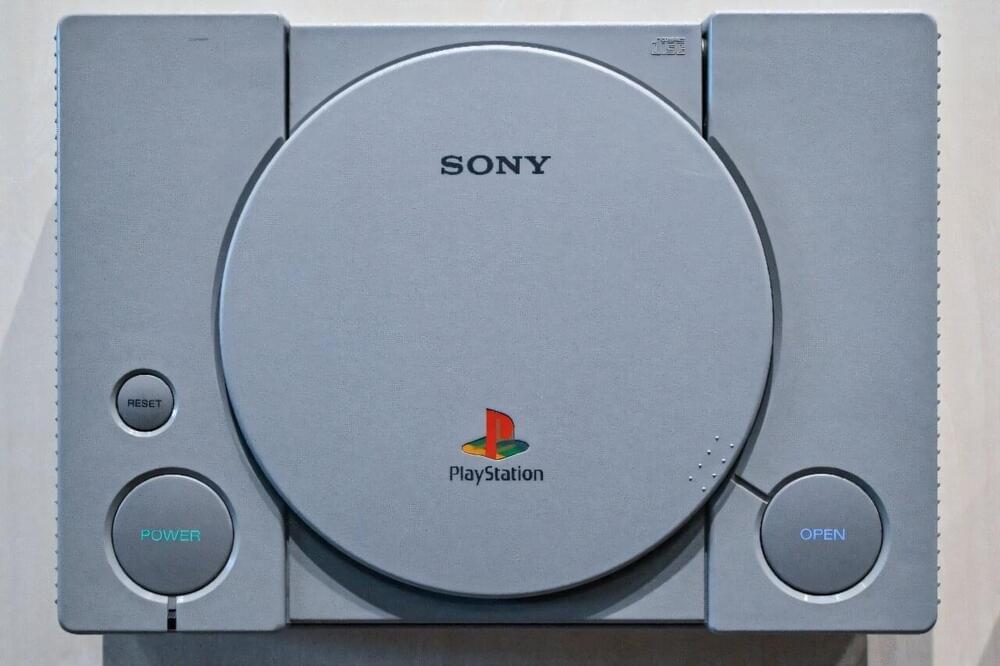A new study reveals that metformin, a widely prescribed diabetes medication, can significantly improve health parameters in aged male cynomolgus monkeys — possibly by slowing the aging process. The findings represent an important step toward understanding how pharmaceutical interventions might, in the future, extend the healthspan and delay age-related diseases in humans.
Long thought to be sterile, our brains are now believed to harbour all sorts of micro-organisms, from bacteria to fungi. How big a part do they play in Alzheimer’s and similar diseases?
🧠⚡✨
Study unveils how specific cortico-thalamic connectivity patterns influence essential tremor suppression with deep brain stimulation (DBS). It highlights the contralateral thalamus as a pivotal driver of tremor modulation and potential pathways for enhanced intervention strategies.
Nuclear microreactors in remote areas require robust monitoring for safe operation.
A team of researchers at the University of Michigan has developed a groundbreaking real-time, 3D temperature mapping system for nuclear microreactors.
This innovation promises to enhance safety monitoring and pave the way for wider adoption of these compact power sources.
Study highlights the safety and early bactericidal activity of quabodepistat when combined with delamanid, bedaquiline, or both, offering potential for shorter and more tolerable tuberculosis treatment regimens.
Science and Technology: This was previously thought to be impossible:
This was previously thought to be impossible:
Scientists were astonished to find that recirculating a cocktail of preserving agents through a severed pig’s head caused the animal’s brain to show signs of life.
As New Scientist reports, basic cellular functions were restored in the dismembered brain — something that was previously thought impossible following the cessation of blood flow.
A research team headed by Prof. Karl Leo at TUD Dresden University of Technology have developed an innovative, nature-inspired solution that could revolutionize the electronics industry: “Leaftronics.” This innovative approach leverages the natural structure of leaves to create biodegradable electronic substrates with enhanced properties and offers a sustainable, efficient, and scalable solution to the global-waste problem. These findings have now been published in the journal Science Advances.
Electronic devices, from toys to smartphones, consist of circuits. Specific substrates are used to manufacture these circuits. In commercial electronics, these are printed circuit boards (PCBs) made of glass fiber-reinforced epoxy resin.
Most of these materials are not recyclable, let alone biodegradable. Given the sheer volume of electronic waste of more than 60 million tons per year (of which over 75% is not collected worldwide), there is an urgent need for sustainable alternatives.
Japanese electronics giant Sony is set to celebrate 30 years since it launched the PlayStation console, the little gray box that catapulted the firm into the gaming big league.
PlayStation was Sony’s first foray into the world of video games and when it hit the shelves in Japan on December 3, 1994, the company needed to sell one million units to cover its costs.
In the end, the gadget became a legend, selling more than 102 million units, helping to launch many of the industry’s best-loved franchises and positioning Sony as a heavyweight in a hugely lucrative sector.
The proposed bill would connect the major business hubs while hopefully reducing crashes and traffic on I-35.
